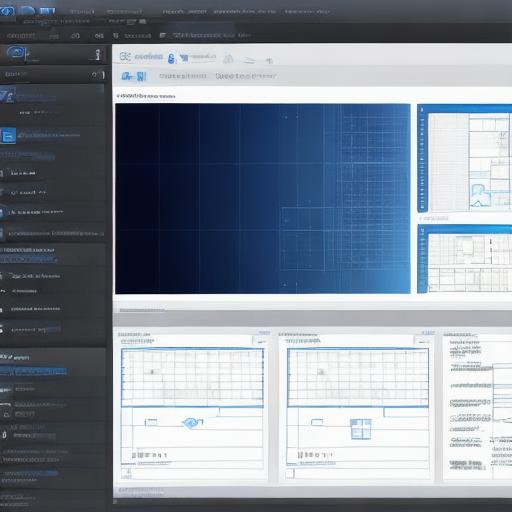How is software developed and upgraded

Introduction
Software development is a complex process that requires expertise, creativity, and attention to detail. It involves designing, coding, testing, and maintaining software applications to meet the needs of users. In this article, we will explore the ins and outs of software development and upgrades, including the various stages involved, the tools and technologies used, and best practices for ensuring a smooth and successful process.


The Stages of Software Development
Software development can be broken down into several stages, each with its own unique requirements and challenges. These stages include:
- Requirements gathering and analysis: This stage involves identifying the needs of users and stakeholders and translating them into a clear set of requirements that will guide the development process.
- Design: In this stage, developers create a blueprint for the software application, outlining its structure, functionality, and user interface.
- Development: During this stage, developers write the code for the software application, using programming languages such as Java, Python, or JavaScript.
- Testing: This stage involves finding and fixing any bugs or issues in the software application to ensure it meets the requirements and is ready for release.
- Deployment: Once the software application has been tested and approved, it is deployed to users or made available on app stores.
- Maintenance and updates: This ongoing stage involves fixing any issues that arise after deployment, adding new features and functionality, and ensuring the software application remains up-to-date with the latest technologies and standards.
Best Practices for Software Development and Upgrades
To ensure a smooth and successful software development and upgrade process, it’s important to follow best practices such as:
- Agile methodology: This approach emphasizes collaboration, flexibility, and continuous improvement, allowing developers to quickly adapt to changing requirements and priorities.
- Version control: This tool allows developers to track changes to the codebase and collaborate more effectively with team members.
- Continuous integration and delivery: These practices involve automating the build, testing, and deployment processes, reducing the risk of errors and improving efficiency.
- User-centric design: Developers should prioritize the needs and preferences of users when designing software applications, ensuring they are intuitive, easy to use, and meet the requirements.
- Security testing: Software applications should be thoroughly tested for security vulnerabilities to prevent data breaches and other security incidents.
- Documentation: Detailed documentation should be maintained throughout the development process, including requirements, design documents, code comments, and user manuals.
Real-Life Examples of Successful Software Development and Upgrades
There are numerous examples of successful software development and upgrades across various industries. Here are a few:
- Google’s Gmail: Gmail is one of the most popular email services in the world, with millions of users. The team behind Gmail follows best practices such as agile methodology and continuous integration, ensuring that updates and new features are delivered quickly and reliably.
- Apple’s iOS: The development team behind iOS prioritizes user-centric design, ensuring that each new version of the operating system is intuitive and easy to use. They also follow best practices such as version control and security testing to prevent vulnerabilities and keep users safe.
- Open-source projects: Many open-source software projects are developed collaboratively by a community of contributors, who prioritize transparency, collaboration, and continuous improvement. These projects often rely on version control tools and agile methodologies to ensure that updates and new features are delivered quickly and efficiently.
FAQs
Q: What is the difference between software development and software upgrades?
A: Software development involves creating a new software application from scratch, while software upgrades involve making changes to an existing software application to improve its functionality or fix bugs.
Q: How long does it take to develop a software application?
A: The time it takes to develop a software application depends on several factors, including the complexity of the project, the team size, and the development methodology used. On average, software development projects can take anywhere from a few weeks to several years.